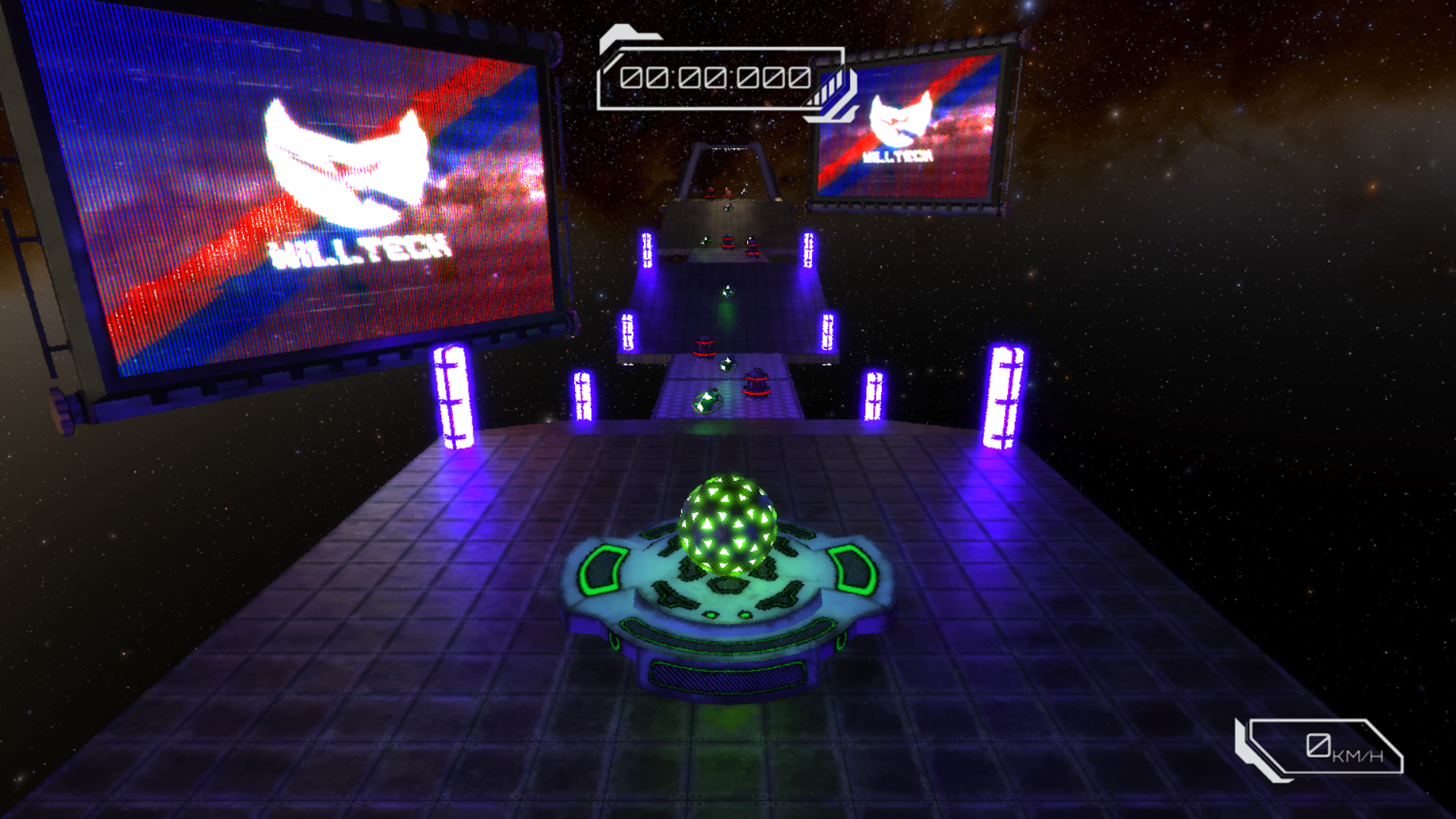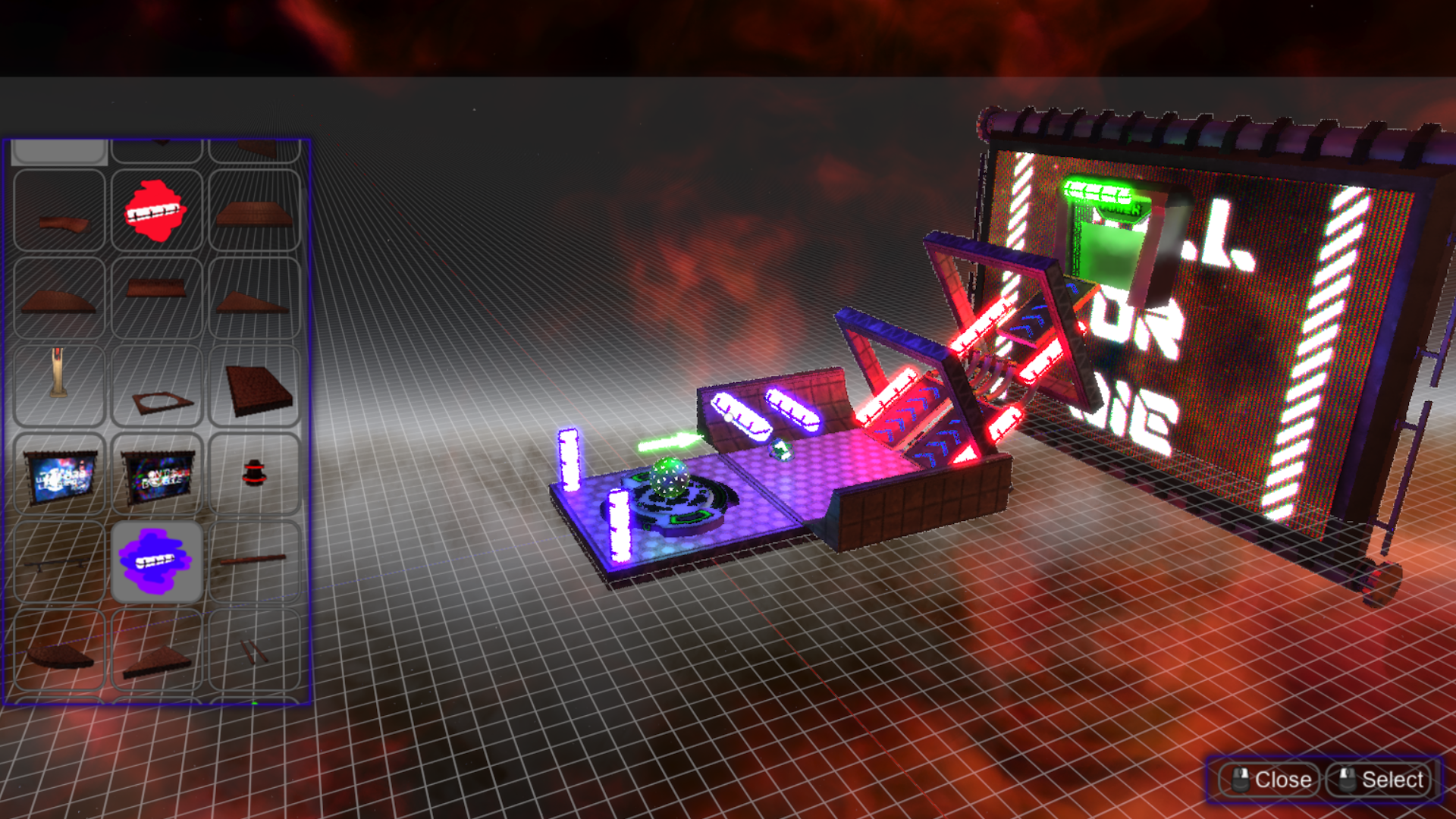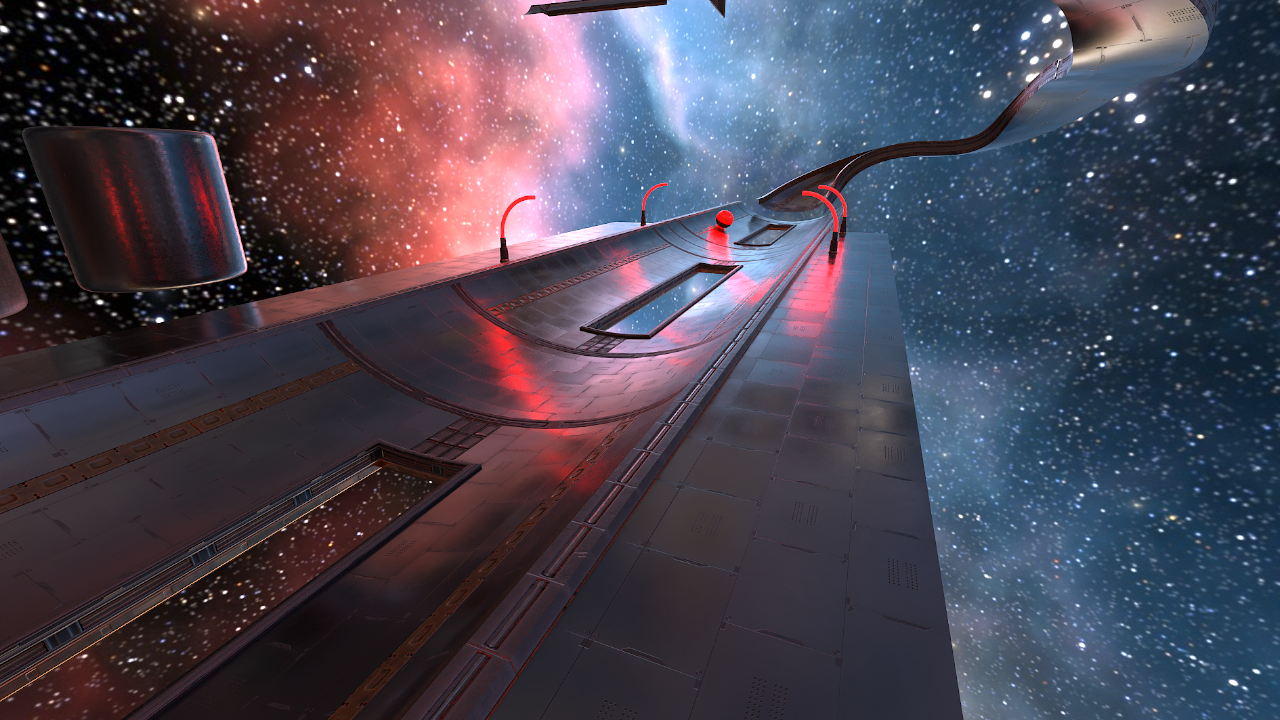On the Bubble
Creating a custom engine for a Monkey Ball-like game
About this project
On the Bubble is an ambitious student project where me and 12
developers are working on creating a Monkey ball-inspired game.
To achieve this, we're building the game from scratch using a
custom engine. This engine uses pathtracing for stunning visuals
and custom physics for precise and responsive gameplay.
Additionally, we're implementing a user-friendly level editor,
allowing players to create and share their own levels
seamlessly.
Once our project reaches a playable state, we plan to release it on Steam as an Early Access title. During this phase, we'll actively gather feedback from our community to improve and refine the game. Our goal is to deliver a fun and polished experience for the full release.
This is a student project made during my 3rd year at Breda University of Applied Sciences.
My contributions to the project
During this project, I mostly worked on developing the engine.
My biggest contributions will be listed below:
Some more details about the serialization/deserialization system can be seen below.
 This screenshot is taken from an early gameplay demo.
The level that can be seen in the image was loaded from
a save file.
This screenshot is taken from an early gameplay demo.
The level that can be seen in the image was loaded from
a save file.
 A screenshot demonstrating some of the tools in the
engine.
A screenshot demonstrating some of the tools in the
engine.
 A screenshot of an early render of a level.
A screenshot of an early render of a level.
Lorem ipsum dolor sit amet, consectetur adipisicing elit, sed do eiusmod tempor incididunt ut labore et dolore magna aliqua. Ut enim ad minim veniam, quis nostrud exercitation ullamco laboris nisi ut aliquip ex ea commodo consequat.
Lorem ipsum dolor sit amet, consectetur adipisicing elit, sed do eiusmod tempor incididunt ut labore et dolore magna aliqua. Ut enim ad minim veniam, quis nostrud exercitation ullamco laboris nisi ut aliquip ex ea commodo consequat.
Lorem ipsum dolor sit amet, consectetur adipisicing elit, sed do eiusmod tempor incididunt ut labore et dolore magna aliqua. Ut enim ad minim veniam, quis nostrud exercitation ullamco laboris nisi ut aliquip ex ea commodo consequat.
Lorem ipsum dolor sit amet, consectetur adipisicing elit, sed do eiusmod tempor incididunt ut labore et dolore magna aliqua. Ut enim ad minim veniam, quis nostrud exercitation ullamco laboris nisi ut aliquip ex ea commodo consequat.
Lorem ipsum dolor sit amet, consectetur adipisicing elit, sed do eiusmod tempor incididunt ut labore et dolore magna aliqua. Ut enim ad minim veniam, quis nostrud exercitation ullamco laboris nisi ut aliquip ex ea commodo consequat.